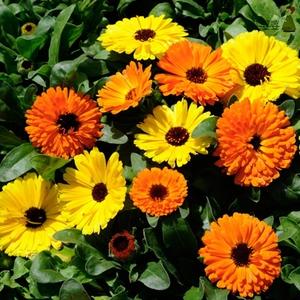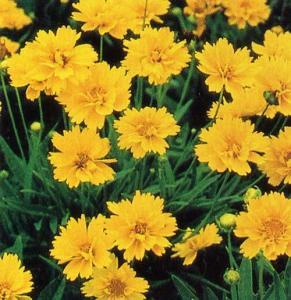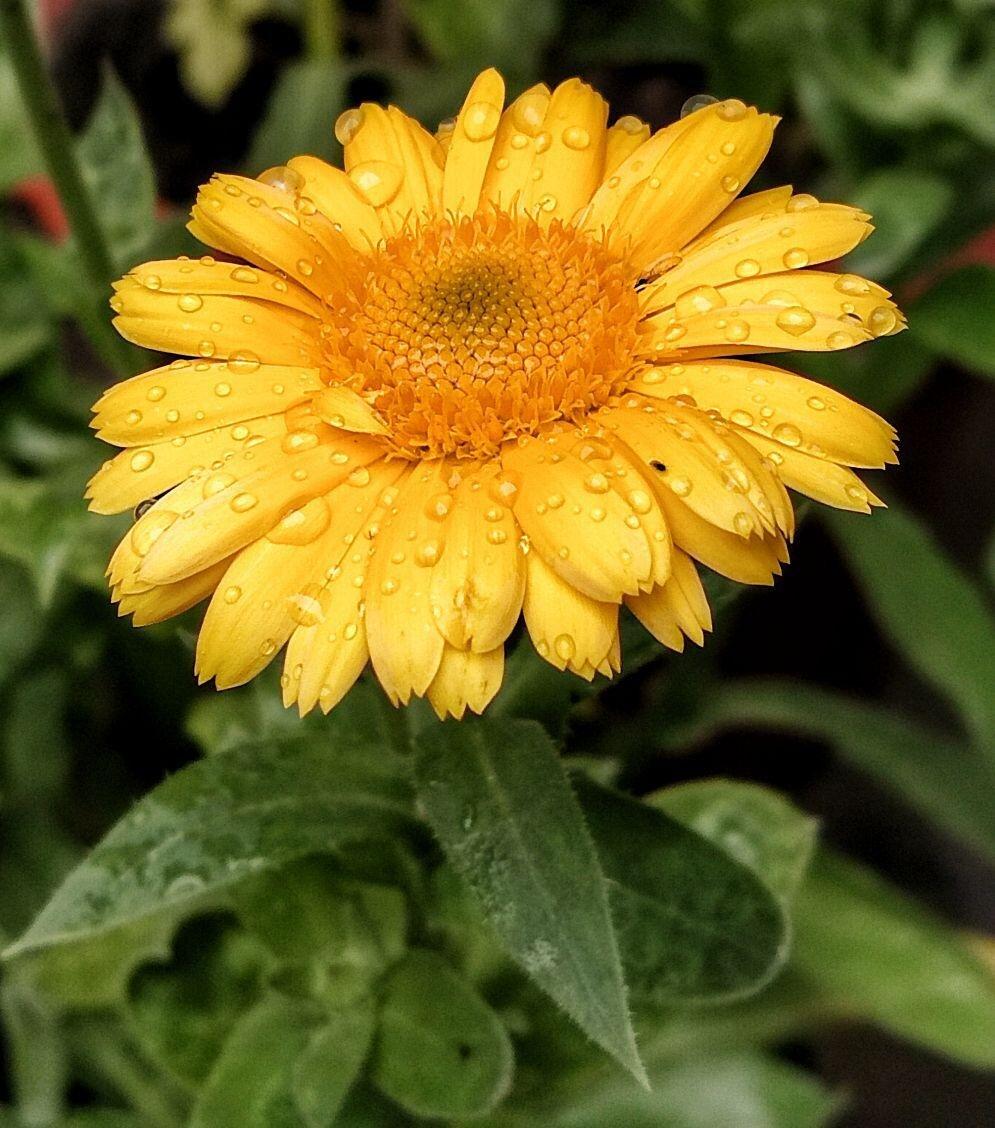Cistus, also known as the Rockrose, has an intriguing story. Legend has it that the plant’s flowers were once pure white. However, a tragic incident occurred when a beautiful nymph named Cistus was pursued by a persistent god. In her desperate attempt to escape, she stumbled and fell into a pool of red dye. The flowers that bloomed from her tears transformed into a vibrant pink color, forever commemorating her struggle and resilience. This tale of love and sacrifice adds a captivating allure to the mesmerizing beauty of the Cistus plant.
Picture
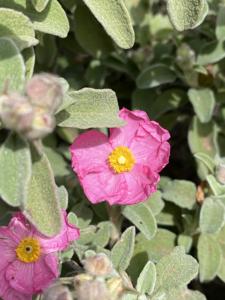
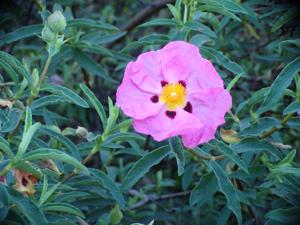
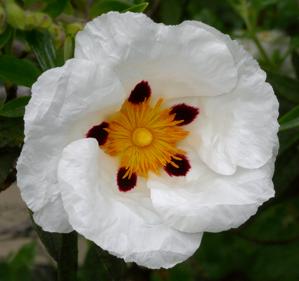
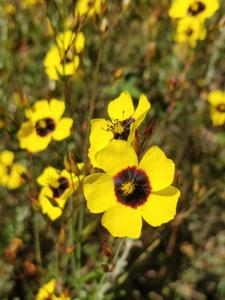
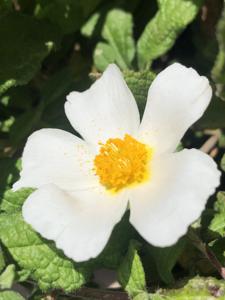
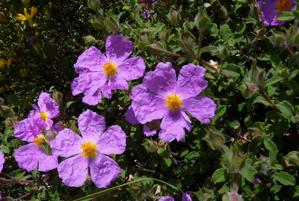
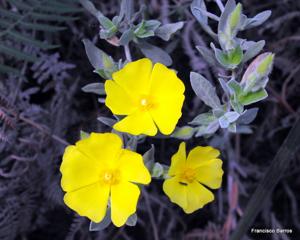
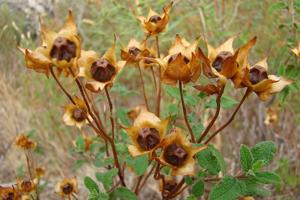
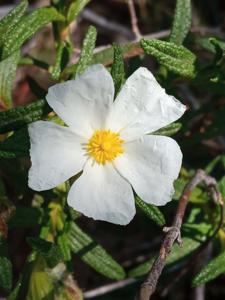
Plant some seeds now!
Short Description
Cistus (from the Greek kistos) is a genus of flowering plants in the rockrose family Cistaceae, containing about 20 species (Ellul et al. 2002). They are perennial shrubs found on dry or rocky soils throughout the Mediterranean region, from Morocco and Portugal through to the Middle East, and also on the Canary Islands.
Cistus, with its many hybrids and cultivars, is commonly encountered as a garden flower.
The common name rockrose (rock rose in the UK) is applied to the species, a name also shared by the related genera Halimium, Helianthemum and Tuberaria, all in the family Cistaceae. The common name gum cistus is applied to resin-bearing species, especially C. ladanifer.
Description
Evergreen leaves of a Cistus species (Cistus monspeliensis)
The leaves are evergreen, opposite, simple, usually slightly rough-surfaced, 2–8 cm long. In a few species (notably C. ladanifer), the leaves are coated with a highly aromatic resin called labdanum.
They have showy 5-petaled flowers ranging from white to purple and dark pink, in a few species with a conspicuous dark red spot at the base of each petal.
Cultivation
Cistuses are suitable for sunny gardens with a nearly frost-free Mediterranean climate. The hardiest of the species is C. laurifolius, which survived the hard frost at Royal Botanical Gardens at Kew in 1895 that eliminated all the cistuses save this and two white-flowered natural hybrids, C. × corbariensis, already grown by John Tradescant the Elder, and C. × loretii, a 19th-century introduction.
Cultivars
Cultivars (those marked agm have gained the Royal Horticultural Society’s Award of Garden Merit) include:

